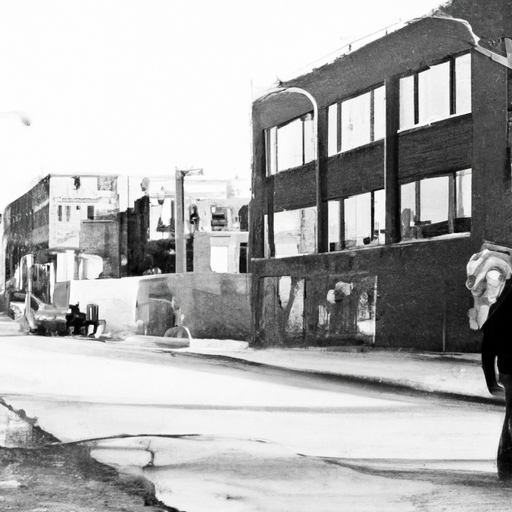The Canadian Opioid Crisis: A Closer Look at Hamilton
As the opioid crisis continues to sweep across Canada, its impacts are felt heavily in communities that are often overlooked. In particular, the city of Hamilton in Ontario is one of many municipalities grappling with the effects of the wide-ranging public health crisis. Please click here to understand the local efforts to combat this crisis.
The Scope of the Crisis
Throughout Canada, communities are struggling with a surge in opioid addiction and overdose incidents, linked to illicit and prescription opioids. For example, in Hamilton, the scope and intensity of opioid abuse has grown significantly. Instances of drug-related crime, homelessness, societal disarray, and public health emergencies are more frequent as a result of the opioid crisis.
Fighting Back: Local Efforts in Hamilton
Despite the grim situation, Hamilton’s civic leaders, health professionals, and community workers are not sitting idle. They are pushing back against the tide with vigorous efforts to curb the opioid crisis. Here, we delve into some of the commendable initiatives that have been put in place to fight this multi-faceted scourge.
Public Health Initiatives
Hamilton’s Public Health Services operates the local opioid information system, which monitors and reports on opioid-related incidents. This real-time data assists in the development and deployment of appropriate interventions. The use of naloxone kits, an opioid overdose reversing agent, has also been widely promoted throughout the city.
Law Enforcement
Law enforcement agencies in Hamilton have focused on breaking the supply chain of illicit opioids. There are also initiatives aimed at reducing drug-related crime associated with the opioid crisis.
Social Support Services
Recognising that the opioid crisis also exacerbates social problems such as homelessness, local social services are amplifying efforts to provide necessary support. This ranges from emergency housing to counselling services for affected individuals.
Task Forces
Task forces such as the Hamilton Drug Strategy have been established to provide a coordinated response to the crisis. Comprising of representatives from healthcare, law enforcement, social services, and other stakeholders, these task forces develop and implement strategic plans aimed at overcoming the opioid crisis.
Key Points to Remember
- Harmful effects of the opioid crisis include an increase in crimes, homelessness, and public health emergencies
- Civic and community leaders in Hamilton are actively fighting the crisis with comprehensive prevention, treatment, harm reduction, and enforcement strategies.
- Public health initiatives, aggressive law enforcement, bolstering of social support services, and formation of task forces are some of the tools in use to confront the crisis.
- The success in Hamilton’s approach could provide a blueprint for other communities grappling with a similar opioid crisis.
Closing Remarks
In conclusion, while the opioid crisis in Canada and particularly in Hamilton presents a formidable challenge, determined, coordinated, and multi-dimensional efforts have been launched to abate this menace. The Hamilton opioid crisis has been a catalyst for a comprehensive strategic approach, involving public health services, law enforcement, and social supports.
This fight against opioids not only brings hope to Hamilton but perhaps also to other Canadian cities. It is a demonstration of what can be achieved through determination, ingenuity, and collaboration. Consequently, it can serve as a blue-print for other communities in Canada dealing with similar situations.
